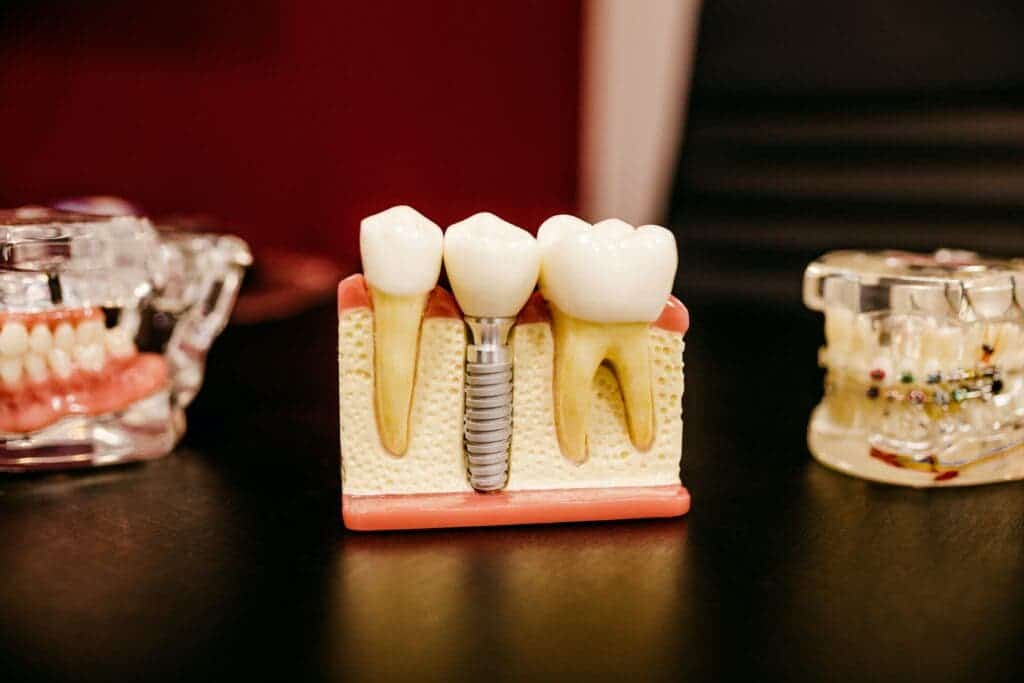
A whopping 2.4 billion people have untreated tooth decay, and that’s only the start of the world’s tooth problems. Maintaining healthy teeth and gums goes beyond having a pearly white smile. Your mouth is the entry point for germs and bacteria that can quickly spread from your teeth and gums to other internal organs and systems in the body. Studies are increasingly showing that there’s a link between teeth hygiene and diseases like Alzheimer’s and failing to keep these contaminants from building up causes problems ranging from tooth decay and gum disease to heart complications and cancer.
But despite its significance to a person’s overall well-being, oral health is commonly overlooked. Believe it or not, approximately one-third of the US population has gone without using dental care once in their life. Accessibility, affordability, anxiety, hectic schedules, miseducation, and poor patient experiences are the most common reasons for these alarming statistics. But could technology help us compensate for this shortcoming?
Let’s make one thing clear: there’s no substitute for brushing your teeth, flossing, and going to the dentist. But this being said, modern advancements have helped transform dentistry to enhance the patient experience.
Digital Platforms Provide Better Education
The first innovation is not the most glamorous, that’s for sure — but it’s often the unexpected things that make the biggest difference.
Miseducation about oral health and dentistry keeps many patients from visiting the dentist regularly. Many adults never learn anything more than brushing their teeth twice a day, while others believe you should only visit the dentist when something is wrong. These partial truths and misunderstandings lead to an increasing number of adults with significant dental problems that ultimately result in more significant health problems. Dental experts have been able to educate the masses using digital channels like websites, blogs, and social media. These platforms enable dentists to provide followers with up-to-date information about oral health, the dental industry, and the latest technological advancements. Whether it’s an article, polls, surveys, infographics, images, or videos, the content helps enhance patient understanding, reduce fears, ease suspicions, and increase dental visits.
Digital platforms can also help dental students learn more about their craft. A recent study analyzed the impact that digital platforms have on education, concluding:
“Dental e-learning has the capacity to develop into a leading-edge to strengthen clinical training skills among dental students by conducting continuing dental education, assignments, formative assessments, case descriptions, and their treatment modalities through e-learning are the best ways to improve quantity and quality in dental education.”
Shorter Dental Procedures Save Time
In previous years when a dental patient had significant problems, it would require multiple visits to treat. Even something as common as getting a crown would take two appointments. For patients with busy schedules, dental fears, or limited budgets, making the trip twice presents challenges they’d rather not experience. Time, as they say, is money — and when you go to the dentist, it can be a lot of money. Consequently, many would avoid visiting a dentist to get the treatment they need.
Technological advancements in dentistry have paved the way for shorter dental procedures. 3D dentistry enables dental professionals to print crowns, implants, and dentures in-house for faster service. Procedures that once took several appointments over several months can now be completed in just a few hours. Patients save money on co-pays and avoid missing work or other obligations. It also helps ease the anxiety of patients who fear returning to the dentist multiple times for invasive treatment.
Better materials
It’s not just better procedures — the materials themselves have gotten better in the past few years. Science hasn’t been sitting idle, and material science is one of the fastest-advancing fields of research; dental materials couldn’t have been left behind. Just recently, an exciting study announced a filling that is twice as strong and longer-lasting than those currently used in dental clinics. While the material may not be available in clinics yet, it should arrive soon, and it’s far from the only exciting research in the field.
Dental materials are becoming more resilient and aesthetically pleasant. To make matters even better, self-healing dental materials may be just around the corner. Not just here yet, but they should be coming soon — all the more reason to keep your teeth healthy in the meantime.
Less Painful And Invasive Processes

No matter your pain threshold, no one likes painful and invasive dental procedures. Many processes require drilling bones and cutting gums, which can take weeks or even months to heal. That’s why many people will avoid going to the dentist for care.
Luckily, modern advancements have made dental processes less painful and invasive. For instance, laser technology makes getting dental implants easier. Dentists can quickly discover the best location for the implants, and the lasers assist them in making small, accurate incisions along the gums. Patients experience less blood, reduce pain, and a lower risk of infection. Laser-assisted dental implants also don’t require sutures, which are itchy and inconvenient.
Patient Portals Provide Convenience
From long waits at the dentist and lengthy paperwork to managing appointments and filling prescriptions, the patient experience is riddled with complications. Patients already have a lot on their plates and, therefore, require or prefer easy-to-manage processes. If visiting the dentist means waiting for hours, filling out the same paperwork, remembering an appointment you made six months ago, and making trips back and forth to the pharmacy, some patients would rather avoid the madness altogether.
Patient portals help to ease their frustrations. Having an account on a dental website or mobile application enables patients to complete forms, analyze their medical records, schedule appointments, review educational materials, request and download referrals, fill prescriptions, receive invoices, make payments, and get real-time notifications. These platforms provide convenience, save time, and help to cultivate stronger dentist-patient relationships.
The bottom line
There is no denying the importance of oral health to overall wellness. If you think you may need to visit a dentist — then do it; and always remember to brush your teeth and floss. Technology can help us, but it can’t do everything for us.
The above innovations have changed the game from using digital platforms to provide better education to advanced technologies for less painful and invasive procedures. Patients can now save time and money while easing their fears and suspicions, encouraging them to prioritize their oral health.









